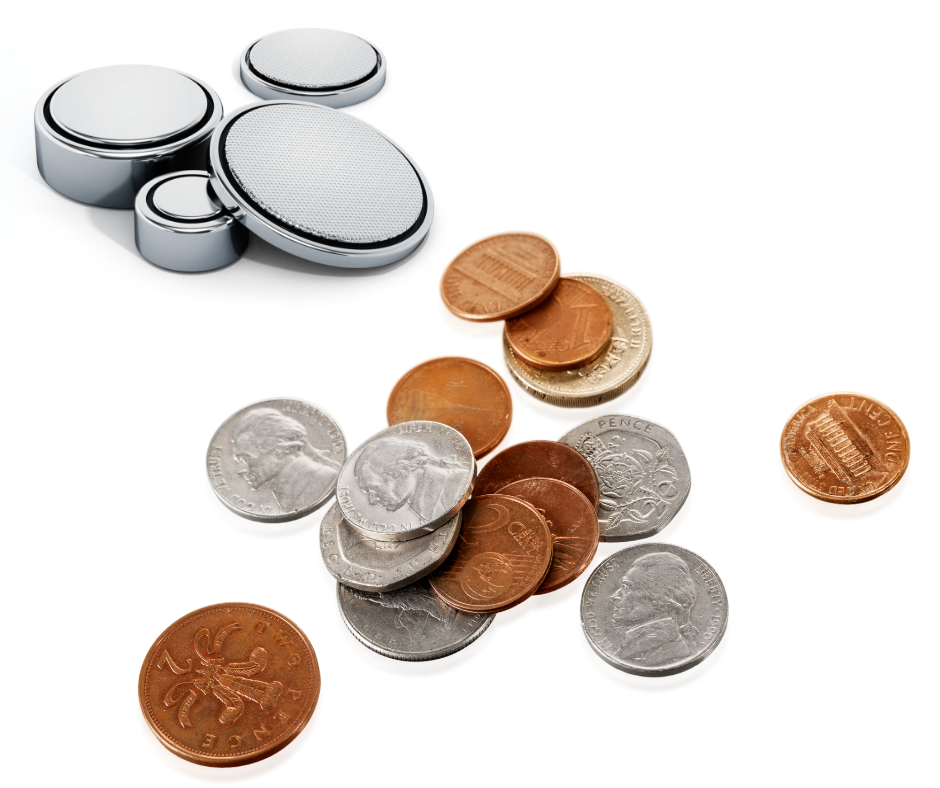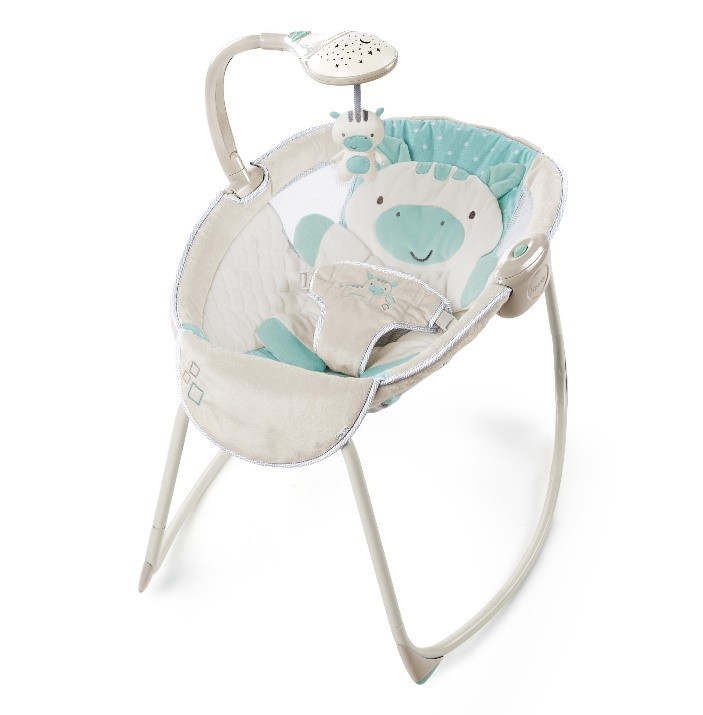Everyone knows that kids tend to put things in their mouths. Children are curious and like to interact with new objects. This  can seem like harmless fun, but many objects are hazardous or even fatal when swallowed by small children. Earlier this month, the American Academy of Pediatrics published a study on foreign-body ingestions (FBIs) by small children. The study found the rate of FBIs for children under 6 years old alarmingly rose 91.5% between 1995 and 2015.
can seem like harmless fun, but many objects are hazardous or even fatal when swallowed by small children. Earlier this month, the American Academy of Pediatrics published a study on foreign-body ingestions (FBIs) by small children. The study found the rate of FBIs for children under 6 years old alarmingly rose 91.5% between 1995 and 2015.
In the 20-year period, more than 759,000 children under the age of 6 were taken to the emergency room after swallowing a foreign object, It was estimated that there were 22,000 children with FBIs in 1995 (around 60 per day), while in 2015, the number had risen to 43,000 (118 per day). In addition to the increasing number of cases, the rate of FBIs for small children nearly doubled from 9.5 cases per 10,000 children to 18 cases.
Most of these FBIs involved children between the ages of one and three years old, with about 1/5 of the victims being under the age of one. The study also found that boys had more FBI cases than girls of the same age.
Many different types of objects were ingested over the 20-year period; however, the most frequent objects were coins, the majority of which were pennies. In addition, young children also swallowed toys, jewelry, and batteries. Batteries are especially hazardous to children since they can get lodged in the esophagus, where a chemical reaction between the battery’s current and the lining of the esophagus can cause severe internal burns. And button cell batteries are included in many types of products including toys and greeting cards. While toys have requirements that the batteries be in compartments only accessible with a tool, other products do not and the batteries can easily be found and swallowed by children.
More research should be conducted into preventative measures for these FBIs. Manufacturers must work to make their packaging more child-resistant. Store any small items, like coins, button batteries, and magnets out of children’s reach and sight. KID has reported in the past that small magnet sets are very appealing to children. If multiple magnets are ingested, they can cause severe intestinal damage. If you have a magnet set, get rid of it. KID recommends that if an object or part of a toy can fit inside a toilet paper roll, then it’s not suitable for a child under three years.
If your child has swallowed an object, call a poison center at 1-800-222-1222. If it fell out of a toy or other product intended for use by children, report it at SaferProducts.gov.


